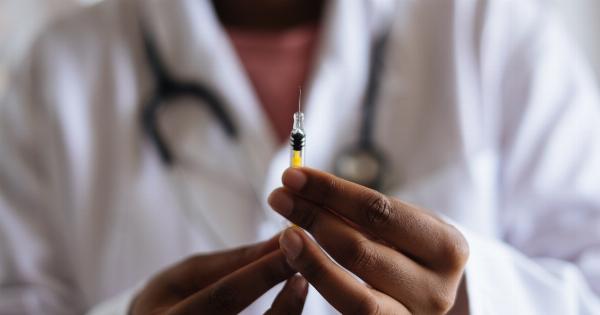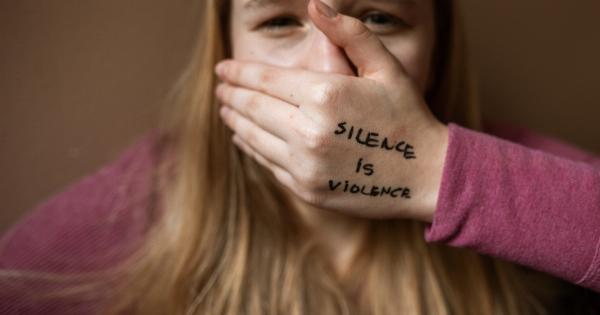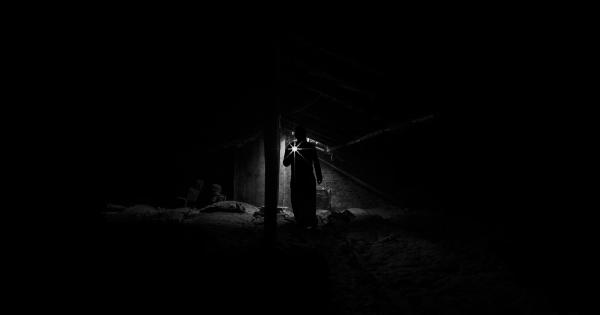Cancer is one of the deadliest diseases in the world, affecting millions of people and leading to numerous deaths every year. According to recent research, cancer patients face double the risk of death compared to people without the disease.
This risk is not only due to cancer itself but also due to several other factors.
Increased Risk of Infection
Cancer patients are at a higher risk of developing infections due to weakened immune systems caused by cancer treatments such as chemotherapy and radiation therapy.
Furthermore, cancer itself can weaken the immune system, making it difficult for the body to fight off infections. Infections in cancer patients can lead to sepsis, a potentially life-threatening condition that can cause organ failure and death.
Complications from Treatment
Cancer treatment can lead to several complications, including organ damage and secondary cancers. Chemotherapy and radiation therapy can damage healthy cells in the body, leading to complications such as heart damage, lung damage, and kidney damage.
Additionally, cancer treatment can increase the risk of developing secondary cancers, which can be more aggressive and difficult to treat.
Mental Health Disorders
Cancer patients are more prone to developing mental health disorders such as depression and anxiety. This is due to the stress of the diagnosis, uncertainty about the future, and the side effects of cancer treatment.
Mental health disorders can impact the patient’s quality of life and increase the risk of suicide.
Lifestyle Changes
Cancer patients often have to make significant lifestyle changes to manage their disease. This can include changes to their diet, physical activity levels, and work schedules.
These changes can be difficult to adhere to and can impact the patient’s mental and physical well-being.
Financial Burden
Cancer treatment can be expensive, leading to financial hardship for patients and their families. Many cancer patients face significant medical bills and may have to reduce their work hours or leave their jobs entirely to manage their disease.
This can cause financial stress, which can impact the patient’s mental and physical health.
Access to Healthcare
Access to healthcare is critical for cancer patients, but many people do not have access to affordable healthcare. Even with insurance, cancer treatment can be expensive, and many patients may not have access to all the care they need.
This can lead to delayed treatment and poorer outcomes for cancer patients.
Poor Prognosis
Certain types of cancer have a poor prognosis, meaning that the chances of survival are low. Patients with these types of cancer face a higher risk of death and may have fewer treatment options available to them.
Furthermore, some cancers may be detected at a late stage, making them more challenging to treat.
Age
Older adults are more likely to be diagnosed with cancer and are at a higher risk of dying from the disease. This is due to age-related changes in the body, as well as other health conditions that may make cancer treatment more difficult.
Geographic Location
Geographic location can also impact the risk of death for cancer patients. Some areas may have better access to healthcare and more advanced cancer treatment options, while others may have fewer resources.
Additionally, environmental factors such as pollution and exposure to toxins can increase the risk of certain types of cancer.
Conclusion
Cancer patients face double the risk of death compared to people without the disease.
This increased risk is due to several factors, including weakened immune systems, complications from treatment, mental health disorders, lifestyle changes, financial burden, access to healthcare, poor prognosis, age, and geographic location.





























